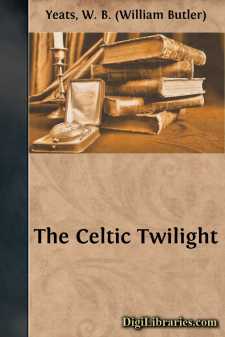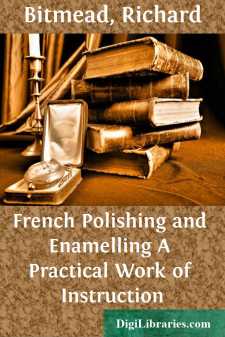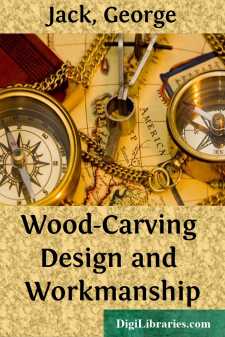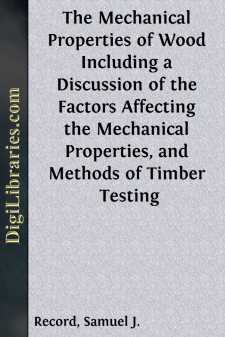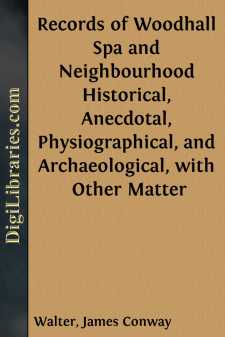Non-Classifiable
- Non-Classifiable 1768
Non-Classifiable Books
Sort by:
THIS BOOK I I have desired, like every artist, to create a little world out of the beautiful, pleasant, and significant things of this marred and clumsy world, and to show in a vision something of the face of Ireland to any of my own people who would look where I bid them. I have therefore written down accurately and candidly much that I have heard and seen, and, except by way of commentary, nothing...
more...
I HAVE selected to-night the particular subject of Yeast for two reasons—or, rather, I should say for three. In the first place, because it is one of the simplest and the most familiar objects with which we are acquainted. In the second place, because the facts and phenomena which I have to describe are so simple that it is possible to put them before you without the help of any of those pictures or...
more...
No description available
by:
John Marshall
A writ of error was issued from the Supreme Court of the United States, directed to "the honorable the Judges of the Superior Court for the County of Gwinnett, in the State of Georgia," commanding them to "send to the said Supreme Court of the United States, the record and proceedings in the said Superior Court of the County of Gwinnett, between the State of Georgia, Plaintiff, and Samuel...
more...
THE WHITE SLAVES OF THE BOSTON "SWEATERS". "Hard work is good an' wholesome, past all doubt; But 'tain't so, ef the mind gits tuckered out." —JAMES RUSSELL LOWELL: Biglow Papers. A wise man of the old time, after a tour of observation, came home to say, "So I returned, and considered all the oppressions that are done under the sun: and behold the tears of...
more...
First to appear among the inventions that sparked the industrial revolution in textile making was the flying shuttle, then various devices to spin thread and yarn, and lastly machines to card the raw fibers so they could be spun and woven. Carding is thus the important first step. For processing short-length wool fibers its mechanization proved most difficult to achieve. To the United States in 1793...
more...
by:
Richard Bitmead
CHAPTER I. THE IMPROVING AND PREPARATION OF FURNITURE WOODS. For a French polisher to be considered a good workman he should, in addition to his ordinary ability to lay on a good polish, possess considerable knowledge of the various kinds of wood used for furniture, as well as the most approved method of bringing out to the fullest extent their natural tones or tints; he should also be able to improve...
more...
by:
George Jack
EDITOR'S PREFACE In issuing these volumes of a series of Handbooks on the Artistic Crafts, it will be well to state what are our general aims. In the first place, we wish to provide trustworthy text-books of workshop practise, from the points of view of experts who have critically examined the methods current in the shops, and putting aside vain survivals, are prepared to say what is good...
more...
by:
Samuel J. Record
PART ITHE MECHANICAL PROPERTIES OF WOOD INTRODUCTION The mechanical properties of wood are its fitness and ability to resist applied or external forces. By external force is meant any force outside of a given piece of material which tends to deform it in any manner. It is largely such properties that determine the use of wood for structural and building purposes and innumerable other uses of which...
more...
CHAPTER I. THE HISTORY OF THE WELL. It has been remarked that the discovery of many of our medicinal springs has been due to some romantic incident, or, in other cases, to some occurrence partaking almost of the ludicrous. At the famed Carlsbad, for instance, a princely hunter pursues his stag into the lake where it has sought refuge, whereupon the unusual cries of his hounds, too eagerly breasting...
more...


